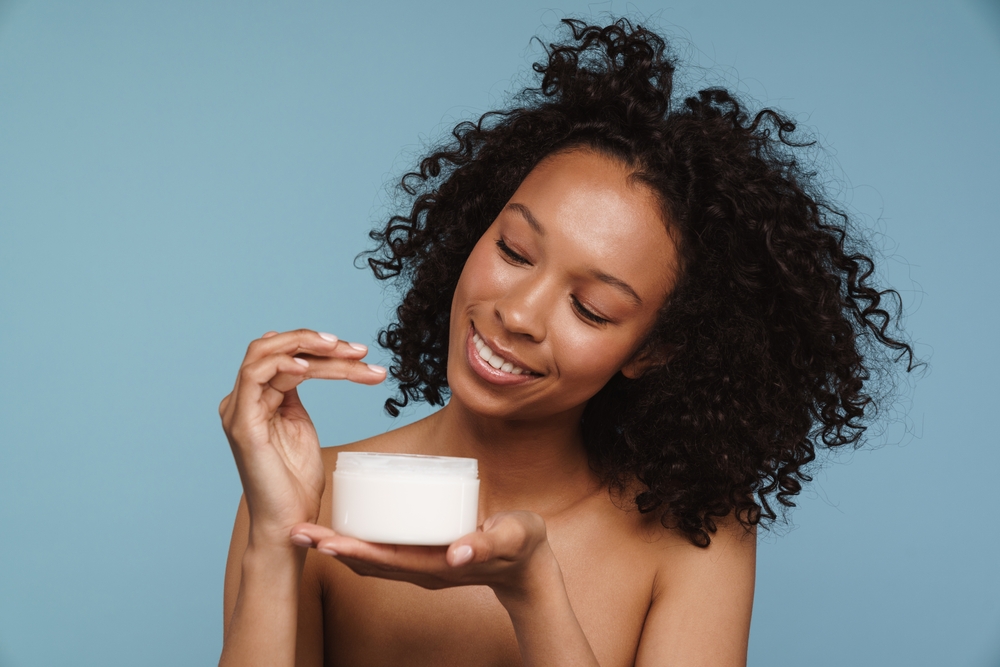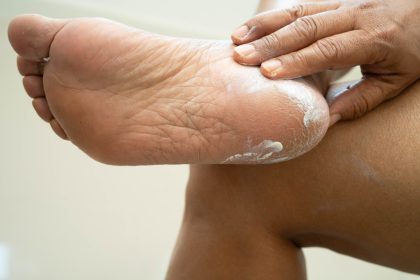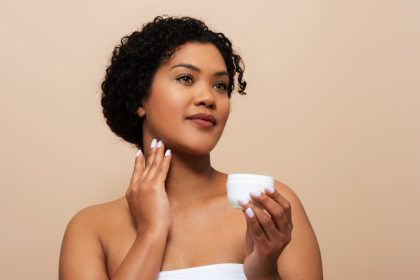Many popular hair care products promise beautiful, healthy hair while containing ingredients that potentially damage both hair and overall health. Understanding these harmful ingredients helps consumers make informed choices about their hair care products, protecting both their appearance and well-being.
Understanding sulfates
Sodium lauryl sulfate (SLS) and sodium laureth sulfate (SLES) appear in approximately ninety percent of hair care products, despite their potentially harmful effects. These harsh chemicals, also found in industrial cleaners and degreasers, strip hair of natural oils and can lead to significant damage.
When combined with other chemicals, these sulfates create nitrosamines, known carcinogens that pose serious health risks. Manufacturers sometimes disguise these ingredients with misleading labels suggesting natural origins, such as “coconut-derived.” Understanding these marketing tactics helps consumers avoid unwanted exposure to these harsh chemicals.
The alcohol dilemma
Isopropyl alcohol, commonly found in hair products, acts as a denaturant that alters the natural properties of other ingredients. This harsh alcohol strips moisture from hair, leaving it dry, brittle, and prone to breakage. Beyond its damaging effects on hair, isopropyl alcohol can cause various health issues when inhaled or absorbed through the skin.
Regular exposure to products containing isopropyl alcohol may result in dizziness, headaches, and other health concerns. This ingredient appears in numerous hair care products, including color rinses and styling products, making it crucial to check labels carefully.
The mineral oil myth
Despite its widespread use, mineral oil provides no beneficial properties for hair health. Unlike natural oils such as jojoba or argan oil, which nourish and protect hair, mineral oil creates a barrier that can lead to various problems. This petroleum-based ingredient can clog scalp pores, potentially causing breakouts and preventing natural oil production.
The presence of mineral oil in hair products often gives a false sense of moisture while actually preventing proper hydration. This ingredient’s popularity stems from its low cost rather than any beneficial properties for hair health.
Petrolatum problems
Petrolatum represents one of the most ubiquitous harmful ingredients in hair care products. This petroleum-based substance creates an impenetrable barrier on the scalp, preventing essential moisture from reaching hair follicles. The scalp, like other skin on our body, requires proper hydration and breathability to maintain health.
Long-term use of products containing petrolatum can lead to dry, damaged hair and scalp issues. Despite its prevalence in the beauty industry, this ingredient offers no real benefits for hair health while potentially causing significant problems over time.
The polyethylene glycol concern
Polyethylene glycol, another petroleum-based ingredient, appears frequently in both hair care products and household cleaners. This chemical’s presence in hair products can lead to premature aging of the scalp and surrounding skin. Its widespread use stems from its effectiveness as a thickening agent rather than any benefits for hair health.
Natural alternatives
Consumers seeking healthier alternatives should look for products containing natural ingredients that actually benefit hair health. Beneficial ingredients include:
Natural oils like argan, jojoba, and coconut oil provide genuine moisture and nourishment Plant-based cleansers offer gentle yet effective cleaning without harsh chemicals Natural proteins help strengthen and protect hair structure Herbal extracts provide vitamins and minerals essential for hair health
Reading labels effectively
Understanding product labels helps consumers make informed choices about their hair care products. Many harmful ingredients appear under multiple names or are disguised with marketing terms suggesting natural origins. Learning to recognize these ingredients in their various forms provides protection against unwanted exposure.
Long-term health implications
Regular exposure to harmful hair care ingredients can lead to various health concerns beyond mere cosmetic issues. These ingredients may affect overall health through skin absorption and inhalation. Understanding these potential risks helps motivate better product choices.
Industry practices
The widespread use of harmful ingredients often relates to cost-effectiveness rather than product efficacy. Understanding this aspect of the beauty industry helps consumers make more informed decisions about their hair care purchases and potentially advocate for better industry standards.
Making informed choices
Selecting hair care products free from harmful ingredients requires careful consideration and label reading. While this process may seem overwhelming initially, the benefits for both hair health and overall well-being make it worthwhile.
The impact on different hair types
Different hair types may show varying levels of sensitivity to harmful ingredients. Understanding how these ingredients affect specific hair types helps consumers make more personalized choices about their hair care products.
Environmental considerations
Many harmful hair care ingredients also impact environmental health when washed down drains. Understanding these environmental implications provides additional motivation for choosing safer alternatives.
Building a safer routine
Creating a hair care routine free from harmful ingredients may require time and experimentation. The process of finding effective, safe alternatives leads to better hair health and increased awareness of product ingredients.
Future of hair care
Growing awareness of harmful ingredients drives industry change toward safer alternatives. Consumer education and demand for better products continue to influence product development and marketing practices.











